
10 E-commerce Trends You Can’t Ignore This Year
10 E-commerce Trends You Can’t Ignore This Year
Introduction
In the dynamic world of online retail, staying ahead means watching the horizon — not only reacting to what has happened, but anticipating what comes next. He or she who leads does so by recognizing the major shifts before they become table stakes. In 2024-2025, the e-commerce sector continues to evolve at a rapid clip, shaped by digital transformation, changing consumer behaviour, and disruptive technologies. This article explores ten pivotal trends that retail and e-commerce businesses cannot afford to ignore this year — especially if they serve or target the United States market.
Trend 1: Online Shopping Keeps Growing, But With New Patterns

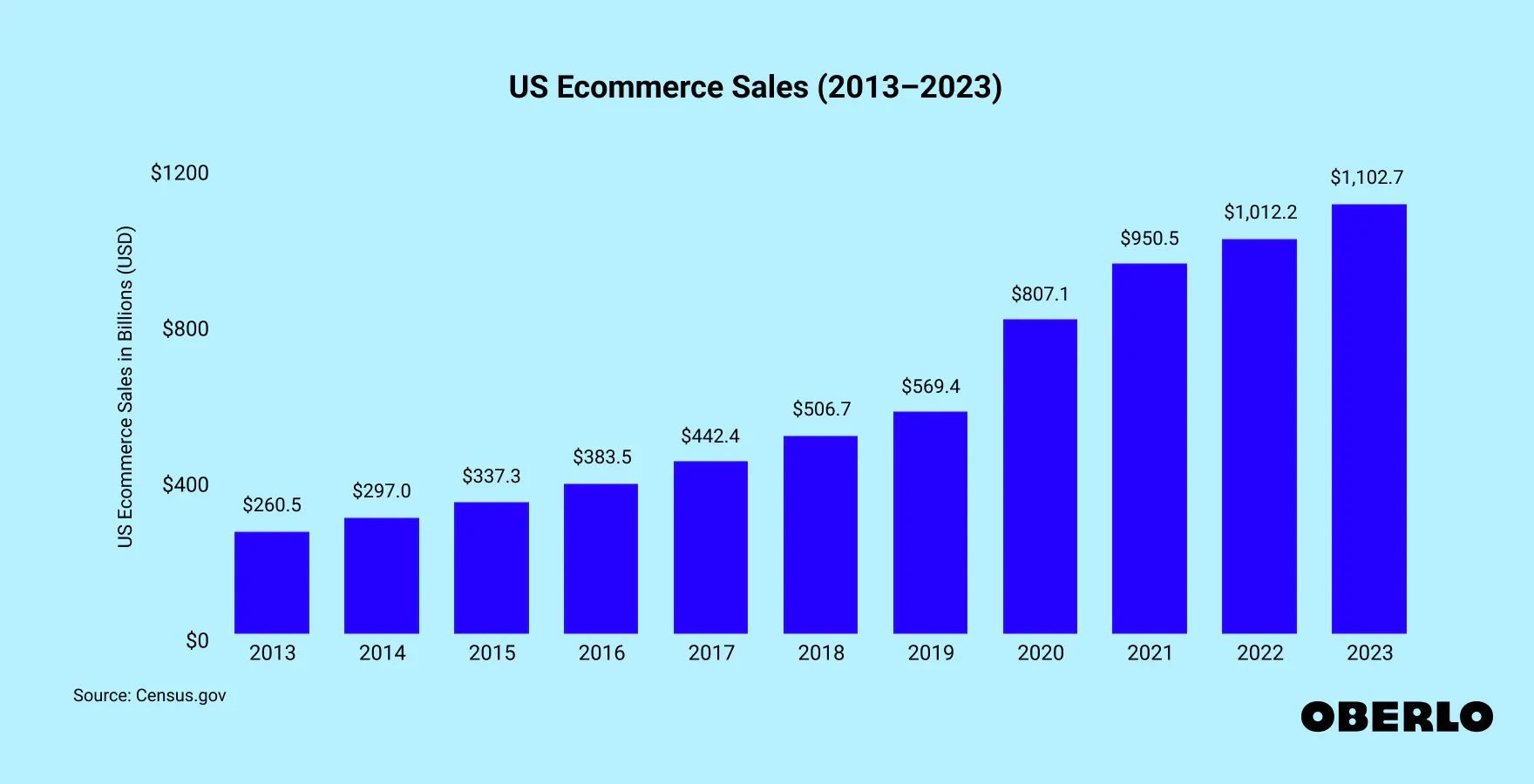
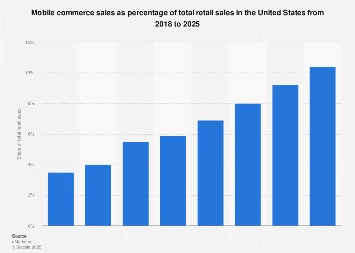
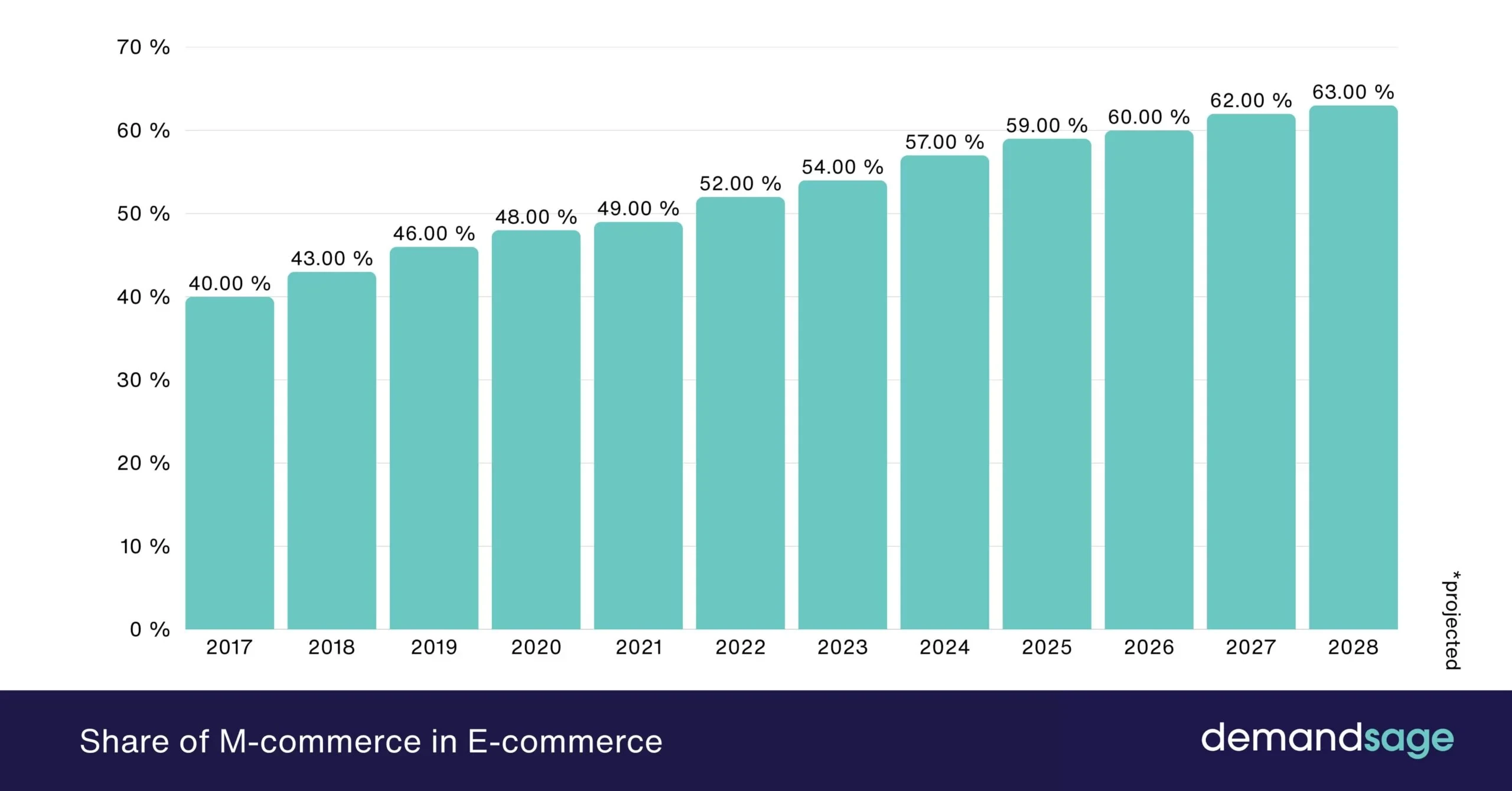
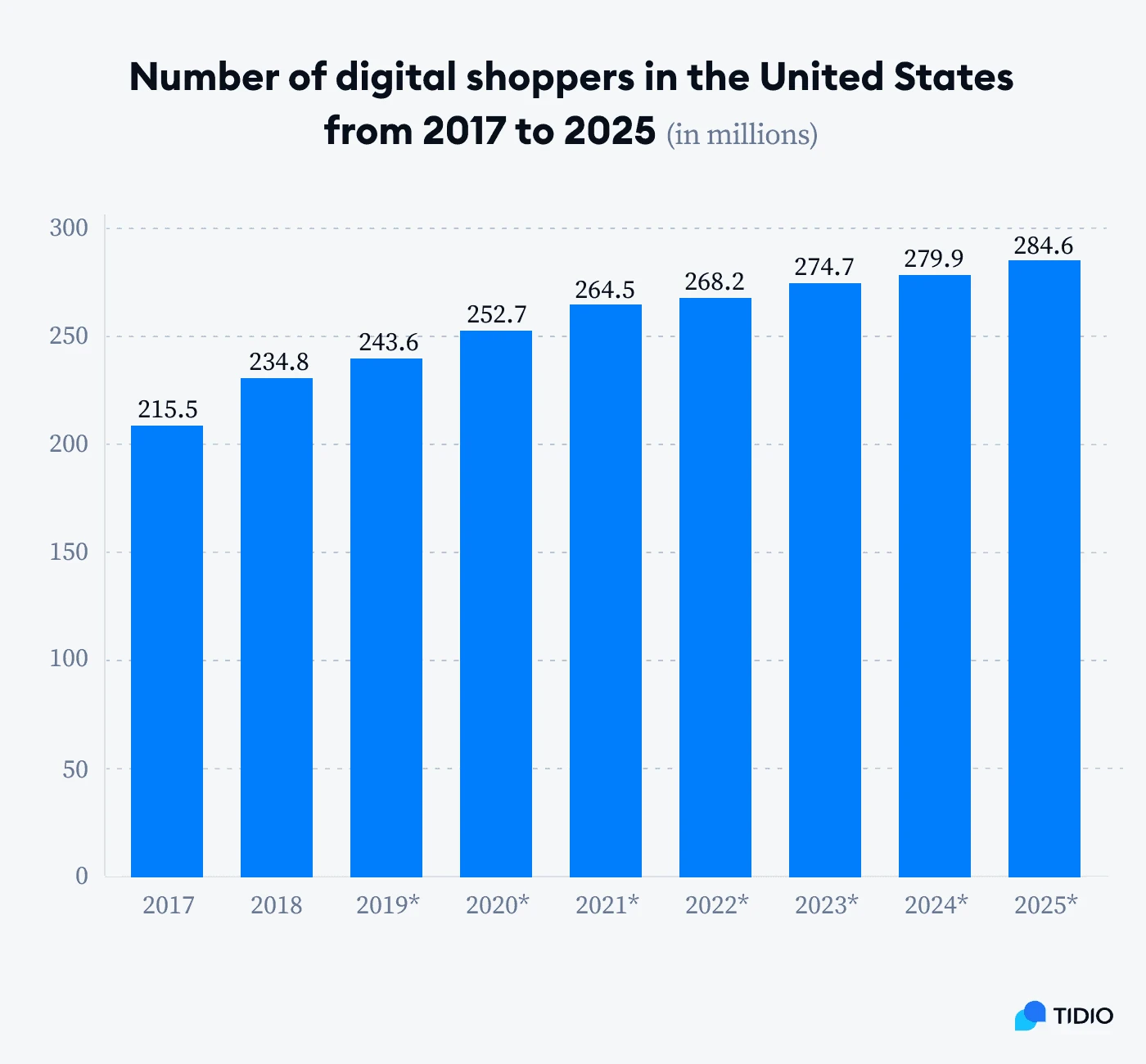

What’s happening
U.S. online retail commerce reached approximately US$1.192 trillion in 2024, more than double the figure from five years earlier.
The share of e-commerce in total U.S. retail sales climbed to about 18.4% in 2024.
In Q1 2025, online commerce accounted for around 16.2% of total U.S. retail sales.
Growth is still positive but moderating — for example Q1 2025 volumes rose ~5.6% vs Q1 2024.
Why it matters
This means that while growth remains robust, the era of triple-digit online growth has ended. Retailers must now focus less on getting online sales and more on optimizing them: which channels, devices and consumer segments deliver the best return.
Key takeaways
Online grows, but so does competition and cost.
Device and channel mix (mobile vs desktop vs in-store) matter more than ever.
Businesses must refine — not just expand — their digital commerce operations.
Trend 2: Mobile Commerce Dominance and Mobile-First UX






What’s happening
A growing share of e-commerce shopping is conducted via mobile devices, especially among younger consumers. (Some sources show mobile orders on key shopping days reaching ~79% of online orders.)
Online shoppers expect app-like speed, seamless checkout and mobile-optimized experience. According to a trend piece, voice commerce, mobile UX and social channels are key tasks in 2024.
Why it matters
If the website, checkout or mobile experience is sub-par, a customer is likely to abandon and go somewhere else — and with mobile competition high, every friction point costs. Retailers that prioritise mobile first will be better positioned.
Quick list: What to optimise
Ensure responsive design, fast page load on mobile.
Streamline mobile checkout (fewer steps, autofill, mobile wallet).
Consider mobile-specific features: one-click purchase, mobile wallet integration, push notifications.
Leverage mobile for loyalty and personalised experience (see Trend 4 below).
Trend 3: Omnichannel Strategy & Unified Experience





What’s happening
The line between “online only” and “brick-&-mortar only” is increasingly blurred. Consumers expect a seamless experience across devices, channels and stores. For example: “buy online, pick up in-store” (BOPIS), “research online, purchase offline” (ROPO).
Retailers are investing in unified data systems (CRM + order management + POS) so that customer behaviour is tracked across channels
Why it matters
An omnichannel approach helps maximise customer lifetime value, encourages repeat purchases, and mitigates channel cannibalisation. It also enables more holistic customer experience — which increasingly becomes a differentiator.
Pro tips for retailers
Align inventory visibility across online + in-store.
Offer consistent pricing/promotions across channels.
Leverage stores as fulfilment centres (e.g., BOPIS, local delivery).
Use data from all channels to personalise offers — not just from online.
Trend 4: Personalization & Customer Experience at Scale





What’s happening
Personalisation is no longer optional. Retailers are using behaviour data, purchase history, device data, even in-store interactions to tailor experiences.
According to one source, AI for e-commerce can deliver more than a 25% improvement in customer satisfaction, revenue or cost reduction.
Why it matters
With more players, more choice and higher consumer expectations, a de-personalised, generic experience becomes a disadvantage. Personalisation helps build loyalty, fewer returns, higher conversion.
Implementation checklist
Use real-time data to power recommendations.
Segment customers by behaviour and tailor offers accordingly.
Test and optimise experiences (homepage, search, product pages) accordingly.
Ensure privacy & transparency (consumers expect control over their data).
Trend 5: Artificial Intelligence (AI) in E-commerce — from Hype to Core




What’s happening
The global AI-enabled e-commerce market is projected to reach US$8.65 billion in 2025.
Nearly 89% of companies are using or testing AI in retail/e-commerce settings.
AI is now embedded not just in front-end personalisation, but in supply-chain, inventory forecasting, dynamic pricing, and even generative content.
Why it matters
What once was “nice to have” is now increasingly core to operations and competitive advantage. Retailers that delay AI adoption risk being out-paced by those who use it to optimize operations and experience.
Use-cases to watch
AI-driven product recommendations boosting conversion.
Chatbots, voice assistants, virtual try-ons (see Trend 8).
Inventory forecasting and logistics optimisation (lower cost, fewer stock-outs).
Dynamic pricing adjusted in real time.
Automated marketing and personalized campaigns.
Table: AI adoption in e-commerce
Application | Key benefit |
|---|---|
Recommendation engines | Higher conversion, cross-sell, up-sell |
Chatbots & conversational commerce | 24/7 support, faster answers |
Inventory/fulfilment AI | Reduced cost, improved availability |
Dynamic pricing | Optimised margin, real-time responsiveness |
Generative content / visual search | Engaged shoppers, novel discovery |
Trend 6: Social Commerce and Influencer-Led Shopping






What’s happening
Social media platforms are not just driving traffic to stores—they are becoming stores. Embedded checkout, live-stream shopping, influencer storefronts, immersive AR filters are all part of the new model.
According to the 2025 report from DHL, seven out of ten shoppers globally said they wanted retailers to offer AI-powered social shopping features
Why it matters
Social commerce bridges discovery and purchase in one environment. It shortens the path to purchase, harnesses impulse buying, and helps brands engage younger demographics.
Key strategies for brands
Use native social checkout (Instagram, TikTok, Facebook) rather than just traffic links.
Collaborate with influencers or micro-influencers in storefronts or live streams.
Integrate UGC (user-generated content) in social commerce experiences.
Monitor attribution: track not just clicks, but conversions from social commerce.
Trend 7: Sustainability and Ethical E-commerce Practices





What’s happening
Consumer expectations are increasingly leaning toward sustainability: eco-friendly packaging, ethical sourcing, carbon-neutral shipping options. In e-commerce, sustainability is becoming a differentiator.
Brands which ignore this risk losing trust or being out of step with younger shoppers.
Why it matters
Sustainability is no longer just a “nice to have” marketing line; it impacts brand perception, loyalty, and in some cases compliance/regulation (especially globally). For U.S. brands and those selling into the U.S., demonstrating ethical e-commerce practices can become a competitive asset.
Actionable tips
Communicate clearly about packaging, shipping, returns and carbon footprint.
Offer sustainable alternatives or options (e.g., recycled packaging, carbon offset shipping).
Reduce returns (see Trend 10) — returns drive waste and cost.
Measure and publish sustainability metrics where possible.
Trend 8: Voice Search, AR/VR Shopping & Immersive Experiences





What’s happening
Voice commerce: shoppers are increasingly comfortable using voice assistants and smart speakers for browsing or buying.
AR / VR: online retailers are deploying virtual try-on experiences (apparel, eyewear, cosmetics), 3D visualisation and immersive shopping.
These technologies help reduce uncertainty and friction in online shopping (especially for products where “touch and feel” used to matter).
Why it matters
As digital commerce matures, differentiation comes from richer experiences. For higher-consideration items, immersive experiences reduce abandonment and returns. For younger and digitally native shoppers, expect immersive formats to become standard.
Implementation ideas
Introduce AR try-on or product preview in mobile app.
Enable voice search and voice checkout (optimize site for voice queries).
Use 3D visuals where applicable (furniture, home goods).
Monitor data on engagement and conversion for immersive features to justify investment.
Trend 9: Cross-Border E-commerce & Global Expansion






What’s happening
U.S. e-commerce brands are increasingly looking outward; consumers are buying from international sellers and U.S. sellers are expanding globally.
The global e-commerce market continues to grow, and U.S. retailers aiming to scale must consider global shipping, localisation, foreign payment methods, returns and compliance
Why it matters
If domestic growth is moderating (see Trend 1), then tapping global markets becomes an avenue for continued expansion. Moreover, consumers expect seamless experience regardless of geography.
Key considerations
Offer local currency / payment options.
Manage shipping, returns and duties clearly (transparency matters).
Adapt content (language, cultural context, local marketing).
Monitor global competitive dynamics (foreign brands entering U.S., U.S. brands entering abroad).
Trend 10: Data-Driven Decisions, Analytics & Digital Transformation
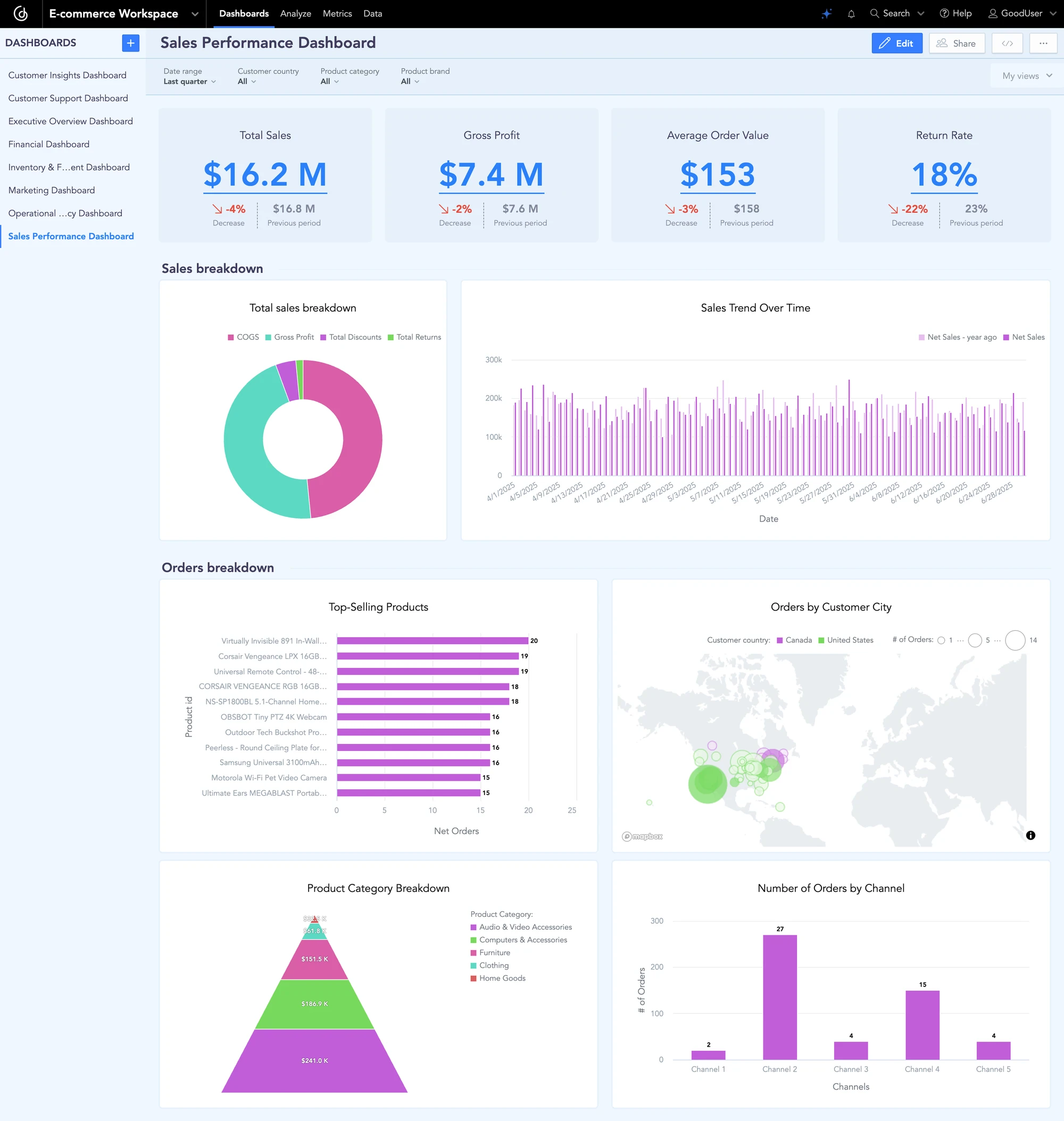





What’s happening
With more touchpoints, channels, devices and data sources, retailers are investing heavily in analytics, data-management, and digital-transformation initiatives.
Systems that integrate CRM, order management, inventory, marketing automation and in-store data enable smarter decisions (e.g., what to stock, when to discount, which segment to target).
According to reports, AI and machine-learning models now drive inventory, pricing and fulfilment decisions (see Trend 5).
Why it matters
Without a strong data backbone, e-commerce operations become reactive, inefficient and expensive. Brands that optimise using analytics convert faster, reduce cost and scale more reliably.
Recommended steps
Clean and unify data sources (e.g., combine online + in-store + loyalty + shipping/returns data).
Invest in real-time dashboards and alerts (visibility into KPIs like conversion rate, AOV, cart abandonment, returns).
Adopt a culture of continuous testing and optimisation (A/B tests, segmentation, personalization).
Ensure privacy compliance and transparent data use (consumers care about how their data is used).
FAQs (Three short answers)
Q1: What share of U.S. retail sales is forecast to be online in the near future?
A1: U.S. e-commerce sales reached ~18.4% of total retail in 2024.
Forecasts project further growth (e.g., some sources expect online share to approach ~22-23% by 2027).
Q2: Is AI really making a measurable difference in online retail?
A2: Yes. Surveys show ~89% of retail/CPG companies are using or testing AI.
The AI-enabled e-commerce market is projected at ~$8.65 billion in 2025 globally.
Q3: How important is mobile experience in e-commerce today?
A3: Very important. Mobile order share is growing (for example, mobile represented ~79% of online orders on one major shopping day in the U.S.).
Brands that don’t prioritise mobile risk losing engagement and conversions
Conclusion
The e-commerce landscape in the United States continues to evolve and mature. Growth remains, but the nature of competition, consumer expectations and technology dynamics have shifted. He who succeeds will be the operator who sees beyond “grow more sales” and instead focuses on sustainable, efficient, personalised, omnichannel and data-driven growth.
Across the ten trends outlined above — from mobile commerce and omnichannel experiences, to artificial intelligence, sustainability and global expansion — there is a common thread: the digital transformation of retail is now front and centre, not just a side initiative.
Retailers and online businesses that embrace these trends proactively will be better positioned not just for this year — but for the next wave of disruption. The time to act is now.
Let these insights guide their strategy, investment and execution: by focusing on experience, data and agility, they will be able to win.
End of article.
Sources
📚 Sources
Online Revealed – 10 E-Commerce Trends to Watch in 2025 – From AI to Sustainability.
https://onlinerevealed.com/10-e-commerce-trends-to-watch-in-2025-from-ai-to-sustainability/
Glance AI Blog – E-Commerce Trends: The Sustainable Way to Upgrade Your Wardrobe.
https://glance.com/us/blogs/glanceai/ai-shopping/e-commerce-trends-the-sustainable-way-to-upgrade-your-wardrobe
Unthinkable Co – Transforming Retail: 6 Digital Commerce Trends Reshaping Online Shopping in 2025.
https://www.unthinkable.co/blogs/transforming-retail-6-digital-commerce-trends-reshaping-online-shopping-in-2025
Financial Times (FT) – AI Agents and the Future of Online Commerce.
https://www.ft.com/content/6d951293-d750-48b9-92b6-632fdfb92f18
Digital Commerce 360 – E-Commerce Marketing Trends Going Into 2025.
https://www.digitalcommerce360.com/2024/12/30/ecommerce-marketing-trends-going-into-2025
Aires Loutsaris Analytics Blog – E-Commerce Statistics and Trends in 2025.
https://airesloutsaris.com/blog/2025/03/31/ecommerce-statistics-and-trends-in-2025
Host Merchant Services – Top E-Commerce Trends in 2025.
https://www.hostmerchantservices.com/2025/09/top-ecommerce-trends
E-Commerce Snap Report – E-Commerce Trends 2025 – Emerging Technologies and Market Insights.
https://ecommerce.snap-report.com/ecommerce-trends-2025
arXiv.org (preprint archives) –
AI Ethics and Transparency in E-Commerce (2024). https://arxiv.org/abs/2410.15369
Sustainability and Fairness in AI Retail Models (2023). https://arxiv.org/abs/2209.06156
Generative AI for Product Design and On-Demand Manufacturing (2025). https://arxiv.org/abs/2503.22182




































